
Introduction
Greetings!
I’m Dr. Lesley Kargbo, an experienced sports physical therapist dedicated to guiding athletes through the complexities of sports-related injuries. Whether you’re an athlete, a fitness enthusiast, or someone interested in understanding the dynamics of physical well-being, this guide is designed for you. It’s crucial to recognize that sports injuries, if overlooked or underestimated, can evolve into severe health challenges, disrupting your everyday life and athletic pursuits.
However, there’s a silver lining: immediate and expert intervention can significantly alter the course of recovery, ensuring a safe and efficient return to your regular activities. This is where sports physical therapists come into play. We’re not just healthcare professionals; we are advocates for your health, specializing in the prevention, immediate care, and rehabilitation of sports-related injuries.
In this comprehensive guide, we’ll demystify the process of sports physical therapy. We’ll delve into common sports injuries, the critical role of prompt professional intervention, and the sophisticated yet understandable strategies we employ, known as clinical prediction rules, to tailor our treatment plans. These rules aren’t just medical jargon; they are the backbone of our decision-making process, ensuring you receive care that’s not just effective but also scientifically sound.
Our journey through this guide aims to empower you with knowledge, alleviate the apprehensions associated with sports injuries, and highlight the pivotal role of physical therapy in nurturing your body back to its optimal functionality. So, without further ado, let’s step into this enlightening journey toward healing and resilience.
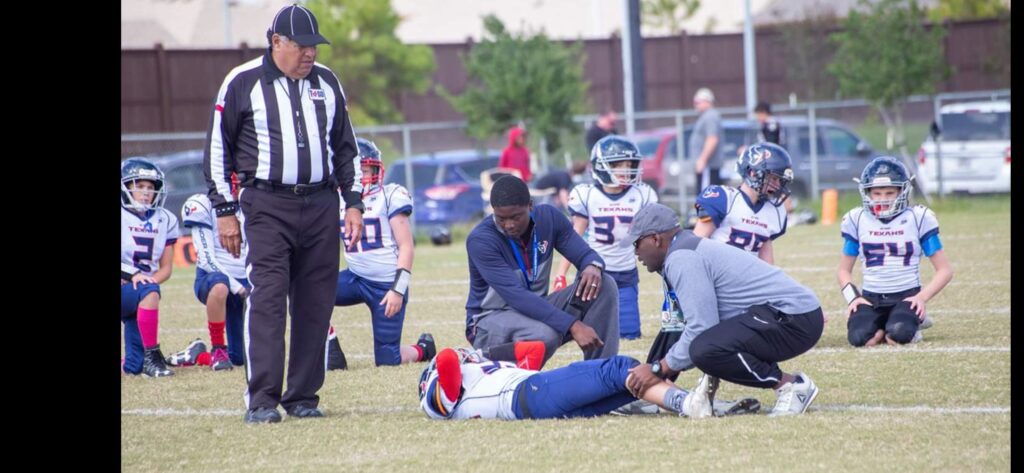
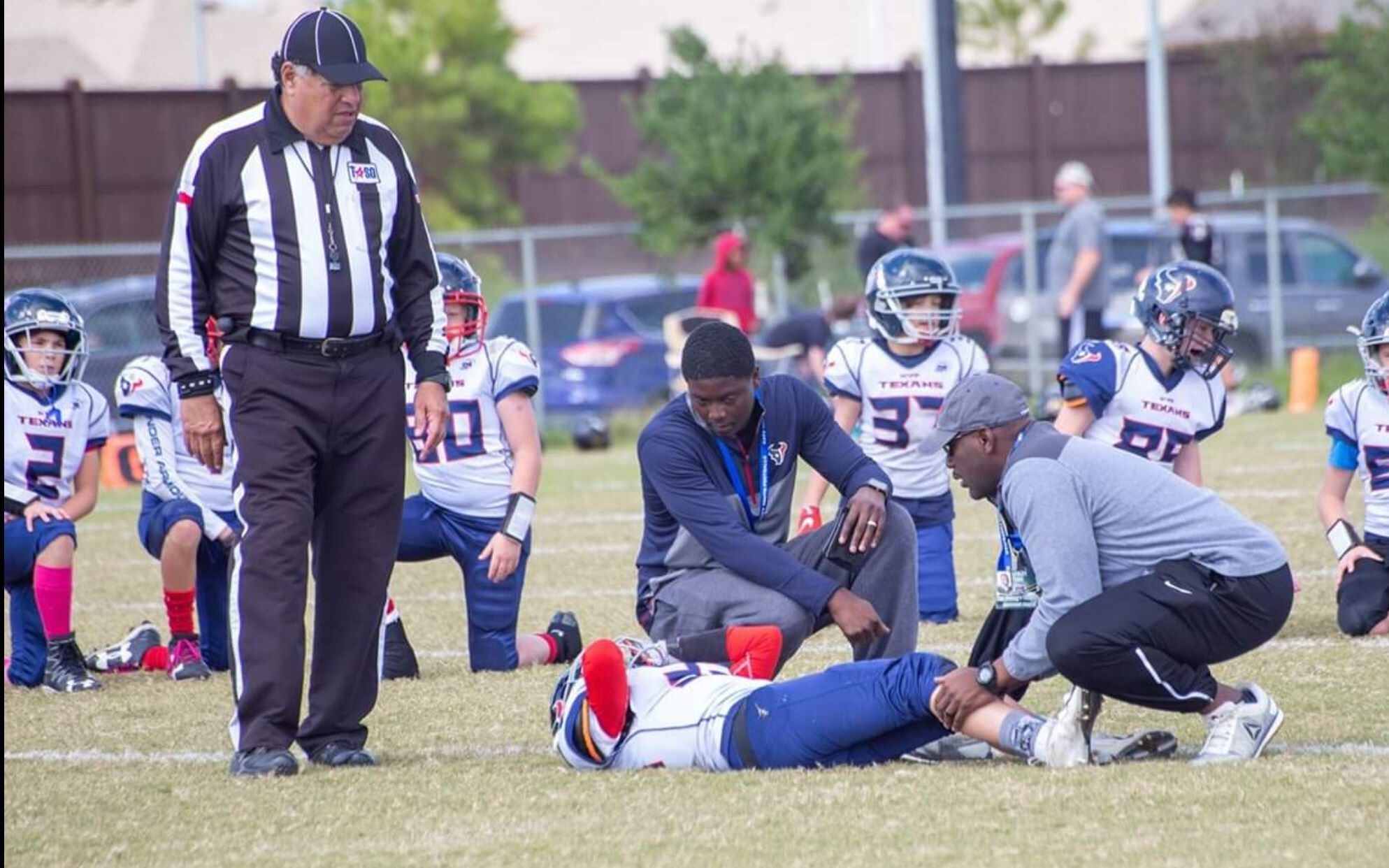
Section 1: Understanding Sports Injuries
In the realm of physical activity, encountering an injury is often a daunting experience. Whether you’re engaged in high-level sports or recreational activities, the human body can sometimes react unpredictably. Let’s shed some light on common sports injuries, understanding that knowledge is the first step toward prevention and recovery.
- Sprains and Strains: Often mistaken for each other, these are two distinct injuries. A sprain occurs when a ligament, the tough bands connecting bones in a joint, is overstretched or tears. Conversely, a strain involves a muscle or tendon, which is the cord attaching muscles to bones. These injuries are common in sports that require sudden changes in direction or intensity, such as basketball, soccer, or tennis.
- Knee Injuries: The knee, one of the largest and most complex joints, is susceptible to various injuries. From the infamous ACL tear, which can sometimes mean a season on the sidelines, to meniscus or cartilage damage, knee injuries are often the result of sudden twists or excessive force.
- Shin Splints: Especially common among runners, shin splints cause pain along the shin bone (the front of your lower leg). This condition occurs when muscles and bone tissue around the shin become overworked by repetitive activity.
- Fractures: Also known as broken bones, fractures are particularly common in contact sports like football or combat sports. They can also result from overuse, where constant stress on a bone causes a crack, often referred to as a stress fracture.
- Dislocations: This injury occurs when the ends of your bones are forced out of position. It’s most common in contact sports and often affects shoulders, knees, and elbows.
Understanding these injuries underscores the importance of proper technique, preventative measures, and listening to one’s body. However, accidents happen, and when they do, immediate attention is crucial. This is not just about pain relief; it’s about long-term health and optimal functionality. Recognizing these common sports injuries is the first line of defense, ensuring swift action and informed decisions when seconds count.
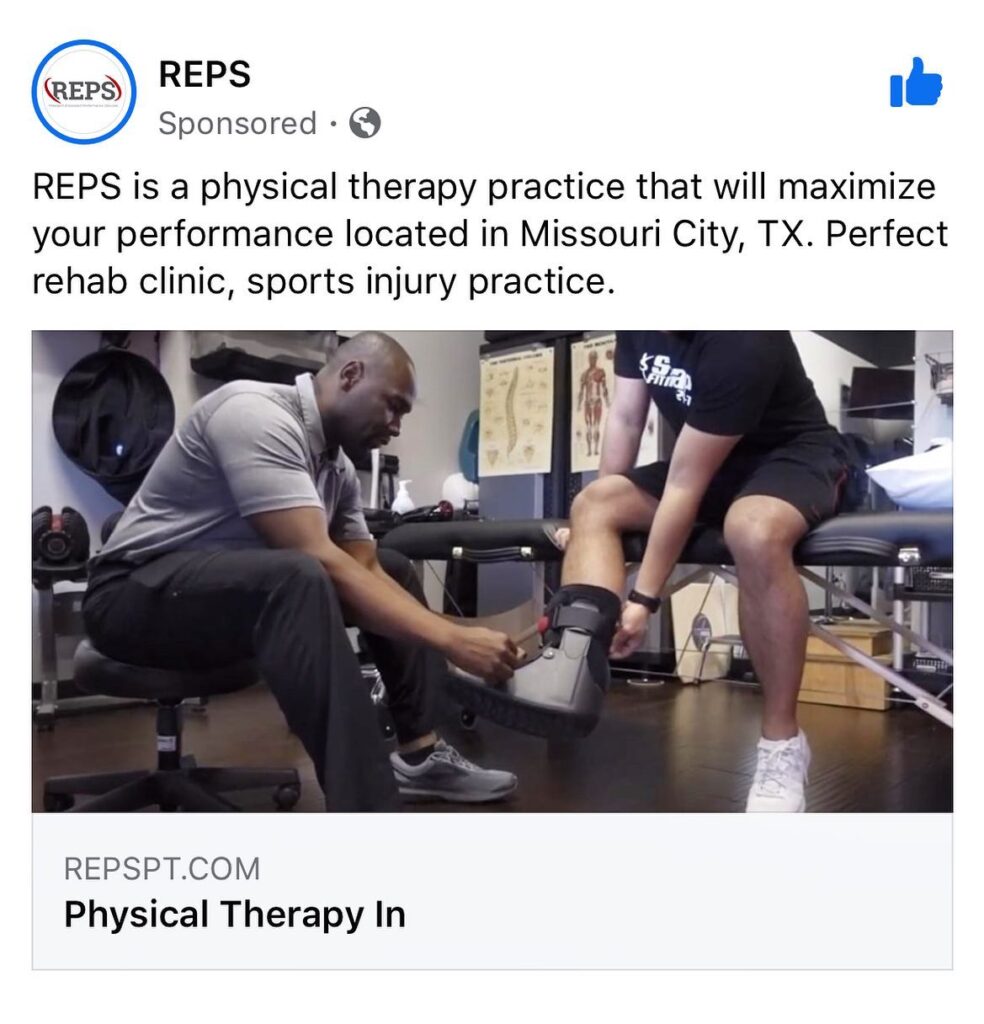
Section 2: The Immediate Response to Sports Injuries
When a sports injury strikes, the moments that follow are crucial. Immediate response, often known as ‘first aid,’ isn’t just about managing pain; it’s about safeguarding your future health and performance. Let’s unravel what this entails and why it’s paramount to act swiftly and wisely.
- Why Immediate Care Matters: The body’s response to injury is complex, involving inflammation, pain, and sometimes, mobility loss. While these reactions are natural, they can spiral, leading to further complications or longer recovery times if not addressed promptly. Immediate care helps control these symptoms, preventing secondary issues like excessive swelling or chronic pain.
- First Aid and Beyond: The initial approach often follows the R.I.C.E protocol (Rest, Ice, Compression, Elevation), aiming to minimize inflammation and pain. However, this is just the beginning. While these steps provide temporary relief, they don’t address the underlying injury. This is where professional assessment comes in, transitioning from immediate care to long-term recovery strategies.
- Seeking Professional Help: Sports physical therapists are the unsung heroes in the backdrop of athletic glory. They’re trained to assess your injury, understand its extent, and devise a tailored recovery plan. Their intervention goes beyond symptom management, targeting the injury’s root cause through a blend of techniques that restore function, strength, and flexibility.
- The Golden Hour: There’s a critical window post-injury, often referred to as the “golden hour,” that can significantly influence recovery outcomes. Professional help within this timeframe can mean the difference between a straightforward rehabilitation process and a prolonged, complicated recovery. It’s not about fear, but about informed, decisive action for health preservation.
Immediate response to sports injuries is a blend of self-help and professional guidance. While the first aid steps are something anyone can administer, the transition to expert care is non-negotiable. It’s not merely a matter of recovery; it’s about your overall well-being and your ability to return to sports safely and confidently.
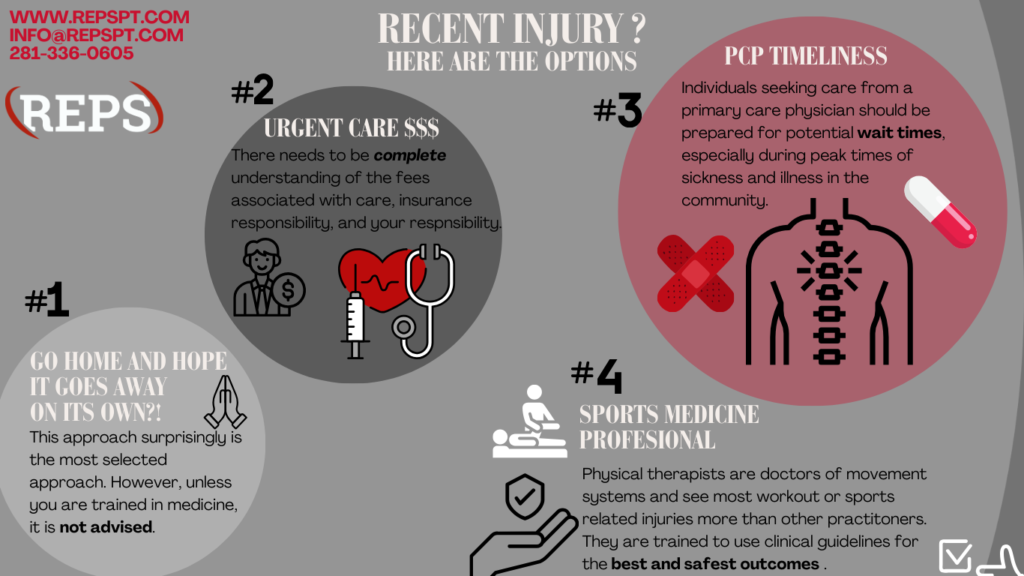
Section 3: The Role of a Sports Physical Therapist
Navigating the aftermath of a sports injury can be a journey filled with uncertainty. However, amidst this, sports physical therapists stand as pillars of knowledge, skill, and reassurance. But what exactly do these specialists do, and how do they turn the tides in your recovery journey? Let’s explore.
- Who Are Sports Physical Therapists?
- Sports physical therapists are not your everyday health professionals. They specialize in musculoskeletal injuries, particularly those acquired during athletic activities. Their training is extensive, focusing on the body’s mechanics, and how injury disrupts normal function.
- The Initial Assessment: A Closer Look
- Your first visit is a comprehensive exploration. It’s not just about where it hurts; your therapist will evaluate your pain, movement, strength, joint function, and even how you perform specific activities. This assessment is foundational, guiding all subsequent steps.
- They also demystify the process, explaining findings, and discussing the prognosis in a relatable way. It’s a dialogue, ensuring you’re not just a spectator but an active participant in your recovery journey.
- Clinical Prediction Rules: The Science Behind the Strategy
- Beyond their hands-on skills, sports physical therapists utilize clinical prediction rules. These are evidence-based guidelines that help predict a patient’s response to treatment based on similar cases.
- This approach personalizes your care, matching proven strategies with your unique situation. It’s a blend of science and art, ensuring you’re not getting a one-size-fits-all solution but a plan meticulously tailored to your needs.
- Setting the Course: Treatment Planning
- With the assessment data and clinical rules, your therapist plots your recovery course. This plan encompasses various therapies, exercises, and sometimes, lifestyle adjustments. The goal transcends getting you back on the field; it’s about enhancing your overall functionality and preventing future injuries.
Sports physical therapists are your allies, operating at the intersection of advanced knowledge and compassionate care. Their role transcends administering treatment; they educate, motivate, and advocate for you, ensuring your path to recovery is not just scientifically sound but also holistically enriching.
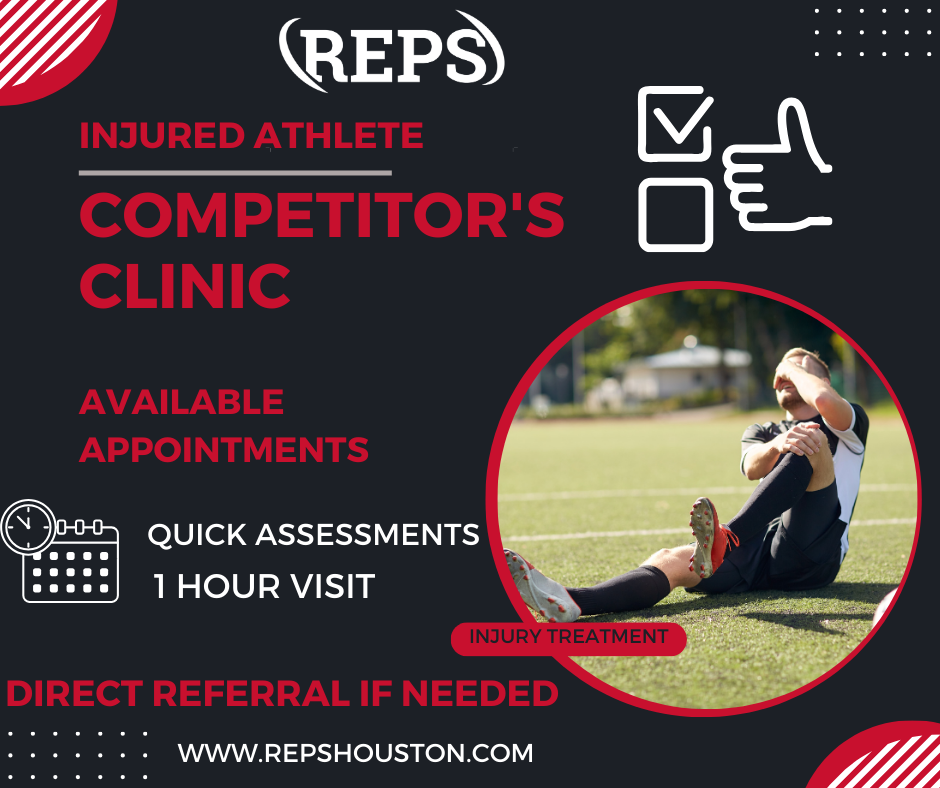
Section 4: The Journey Through Physical Therapy
Embarking on the road to recovery with physical therapy is a proactive step toward reclaiming your health and athletic performance. But what does this journey entail? Let’s walk through the stages of physical therapy, highlighting the collaborative, dynamic, and transformative nature of this healing process.
- Active Participation and Education:
- Physical therapy isn’t a passive experience; it’s a partnership. You’re not just following instructions; you’re learning about your body, the nature of your injury, and how each exercise helps your recovery. This educational aspect empowers you, fostering a sense of control and confidence in your healing journey.
- Therapeutic Exercises and Manual Therapy:
- Your sessions will include specific exercises designed to restore movement, strength, and function. These aren’t random workouts; they’re strategically chosen to target your injury and overall physical needs.
- Manual therapy might also be part of your program. Your therapist will use their hands to manipulate muscles and joints, aiming to decrease pain and improve movement. It’s a hands-on approach that complements your exercises.
- Pain Management Techniques:
- Coping with pain is a cornerstone of recovery. Your therapist will introduce techniques to manage discomfort, ranging from icing and heating to specialized methods like ultrasound or electrical stimulation. These strategies are designed to reduce your reliance on medications, focusing instead on natural, body-centric remedies.
- Progress Tracking and Adaptation:
- Healing isn’t linear, and your therapy plan is flexible. Your therapist will regularly assess your progress, celebrating your victories, and making necessary adjustments to your treatment plan. This adaptability ensures you’re always moving forward, even when faced with setbacks.
- Injury Prevention and Long-term Health:
- Your journey doesn’t end with healing. You’ll learn preventative strategies to reduce the risk of re-injury, incorporating lifestyle, and exercise habits that fortify your body. It’s about building resilience, ensuring you’re not just recovering, but emerging stronger and more informed.
The journey through physical therapy is one of transformation. With each session, you’re not just healing; you’re evolving into a version of yourself that’s equipped, educated, and ready to embrace physical challenges with confidence and wisdom. It’s a testament to the human body’s remarkable ability to recover and the invaluable role of expert guidance along the way.
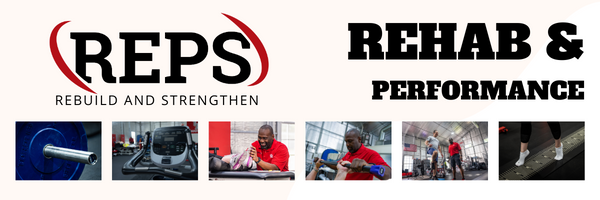
Section 5: Real-life Success Stories
In the world of sports and recovery, nothing is more compelling than the triumphant stories of those who have walked the challenging path of rehabilitation and emerged victorious. These narratives are not just testimonials; they are a source of inspiration, showcasing the tangible results of immediate care and expert physical therapy intervention.
- The Comeback Athlete:
- Consider the story of Michael, a college soccer star who suffered what seemed to be a career-ending ACL injury. Despite the initial despair, Michael’s prompt decision to seek professional help led to a meticulously crafted recovery plan. Through consistent physical therapy sessions, unwavering dedication, and guided support from his therapist, he made a remarkable return to the field in record time, stronger and more agile than before.
- The Resilient Runner:
- Then there’s Sophia, a marathon enthusiast whose persistent shin splints resulted in unbearable pain, threatening her passion for running. It was her physical therapist’s immediate intervention that changed her course, introducing targeted exercises and gait training. Sophia not only returned to running but also improved her technique, making her runs more efficient and pain-free.
- The Weekend Warrior:
- Alex, known as the ‘Weekend Warrior,’ enjoyed various sports, but a severe shoulder dislocation put a halt to his adventures. Fearing surgery, Alex turned to a sports physical therapist. Through dedicated sessions involving manual therapy and strength exercises, he regained full mobility. Alex’s story stands as a testament to non-invasive recovery, highlighting that surgery isn’t the only option.
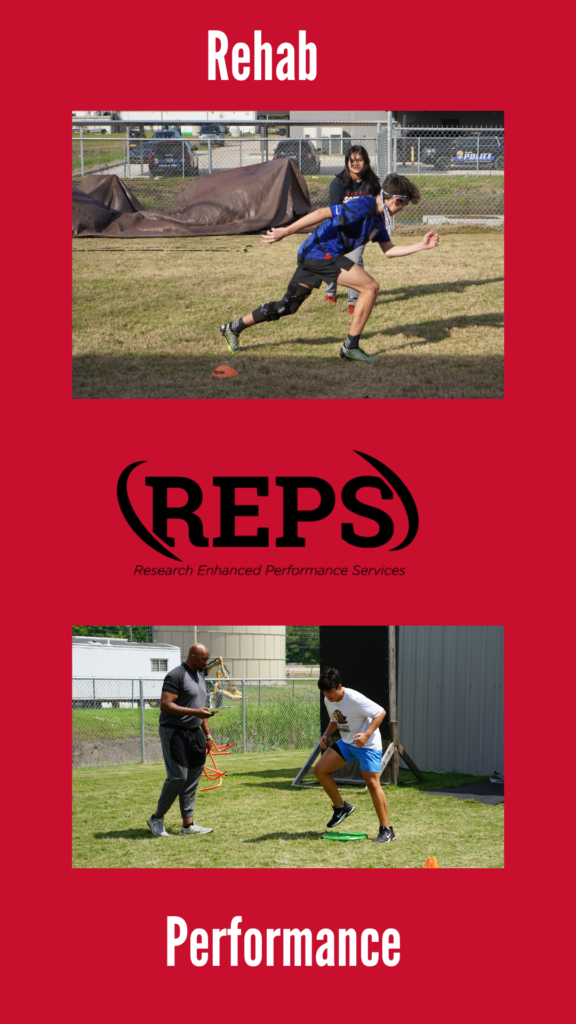
Conclusion
As we reach the end of our guide, it’s essential to revisit the heart of our journey: understanding that sports injuries, while challenging, are not insurmountable obstacles. They are part of the athletic narrative, moments that require strength, wisdom, and often, the guiding hand of a skilled sports physical therapist.
We’ve uncovered the layers of immediate response to injuries, emphasizing that the golden hour of care can significantly influence your recovery trajectory. We’ve explored the depth of expertise that sports physical therapists bring to the table, not just in healing your wounds, but in strengthening your body, educating your mind, and preparing you for a future of resilience and informed physical activity.
The stories of triumph we shared are echoes of possibility – reflections of what can happen when immediate care, professional guidance, and personal dedication converge. These narratives are reminders that your journey doesn’t end with injury; often, it’s where a new chapter of insight, growth, and fortitude begins.
As you move forward, whether you’re stepping into a physical therapist’s office or supporting someone in doing so, remember that you’re not alone. You’re part of a broader community that understands the value of health, the gravity of injury, and the transformative power of informed, compassionate intervention.
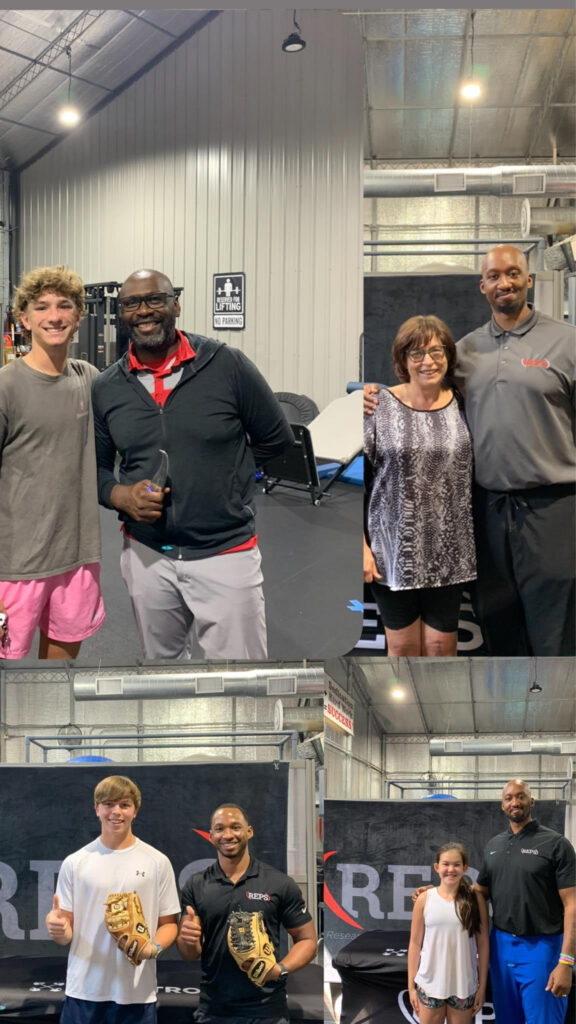
SOME OF OUR MANY SUCCESS STORIES!
In the face of sports injuries, you have the choice – to embrace the journey with the support of trusted professionals, to learn from the experience, and to emerge not just recovered but renewed. It’s not just about getting back into the game; it’s about returning with a deeper understanding and respect for your body and its incredible capacity to heal and overcome.
Dr. Lesley Kargbo, PT, DPT, SCS, CSCS
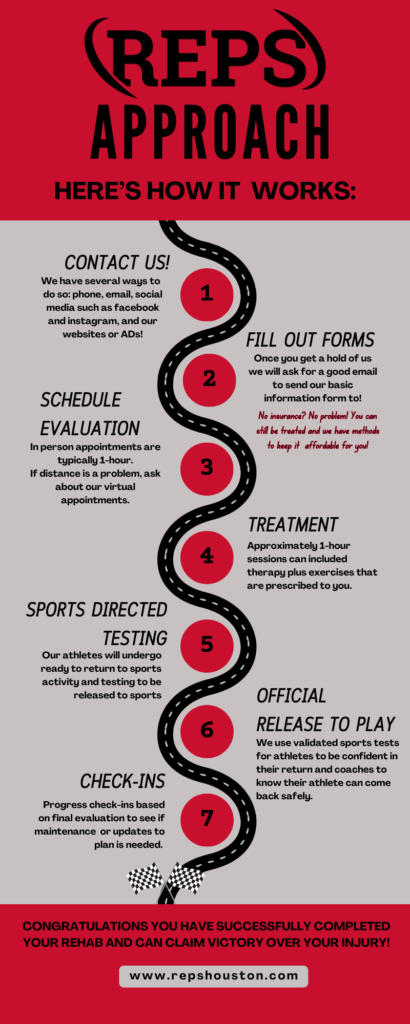
Reflecting on these key points, remember that you’re not alone on this journey. Whether you’re an athlete facing an injury or someone supporting a friend or family member, there’s a community of skilled professionals ready to guide you. Embracing the path ahead with knowledge, support, and determination, you’re not just recovering; you’re rediscovering your strength and capability.
- Immediate Action is Key: The moments following an injury are crucial. Quick, informed action can prevent complications and set the stage for a successful recovery.
- Expert Care Makes a Difference: Sports physical therapists are invaluable allies in your recovery journey. Their expertise goes beyond healing, extending to personalized rehabilitation plans that consider your athletic goals and overall well-being.
- Education Empowers: Understanding your injury, the recovery process, and prevention strategies empowers you to take an active role in your healing journey, fostering a sense of control and optimism.
- Recovery is a Team Effort: Successful rehabilitation is a collaborative process between you and your therapist. Open communication, feedback, and trust are foundational to achieving your recovery milestones.
- Every Challenge is an Opportunity: The journey through recovery teaches resilience, patience, and self-awareness, transforming a setback into an opportunity for growth and self-improvement.
Kargbo, L. (2023). From Pain to Peak Performance: Your Essential Guide to Triumphing Over Sports Injuries with Expert Physical Therapy. www.repshouston.com
Kargbo, L. (2023). From Pain to Peak Performance: Your Essential Guide to Triumphing Over Sports Injuries with Expert Physical Therapy. PhysicalTherapyToday.com. https://www.physicaltherapytoday.com/pain-to-peak-performance-guide


Recent Comments